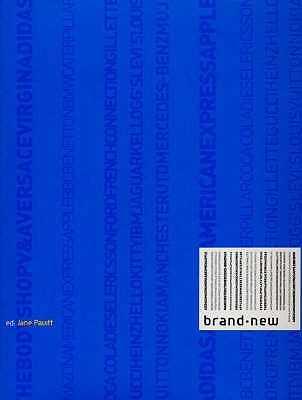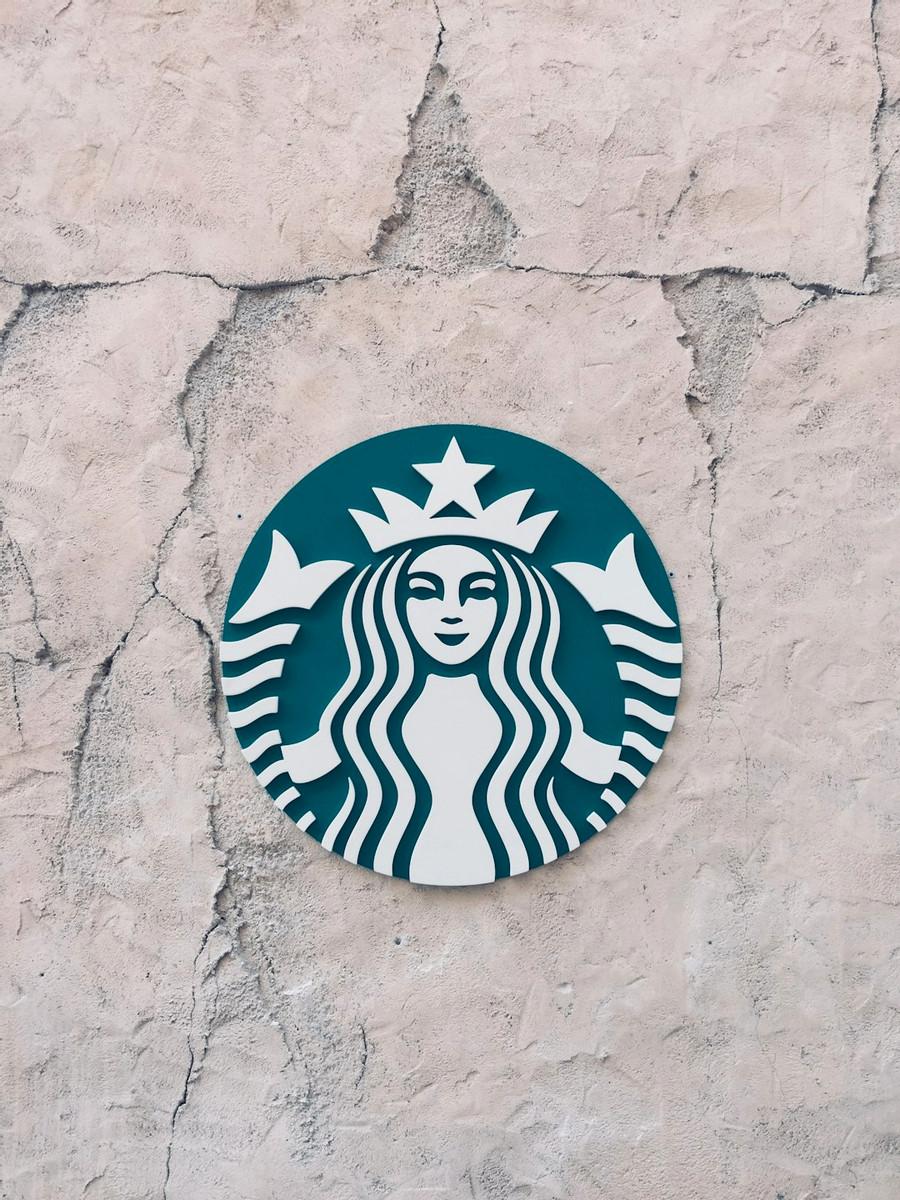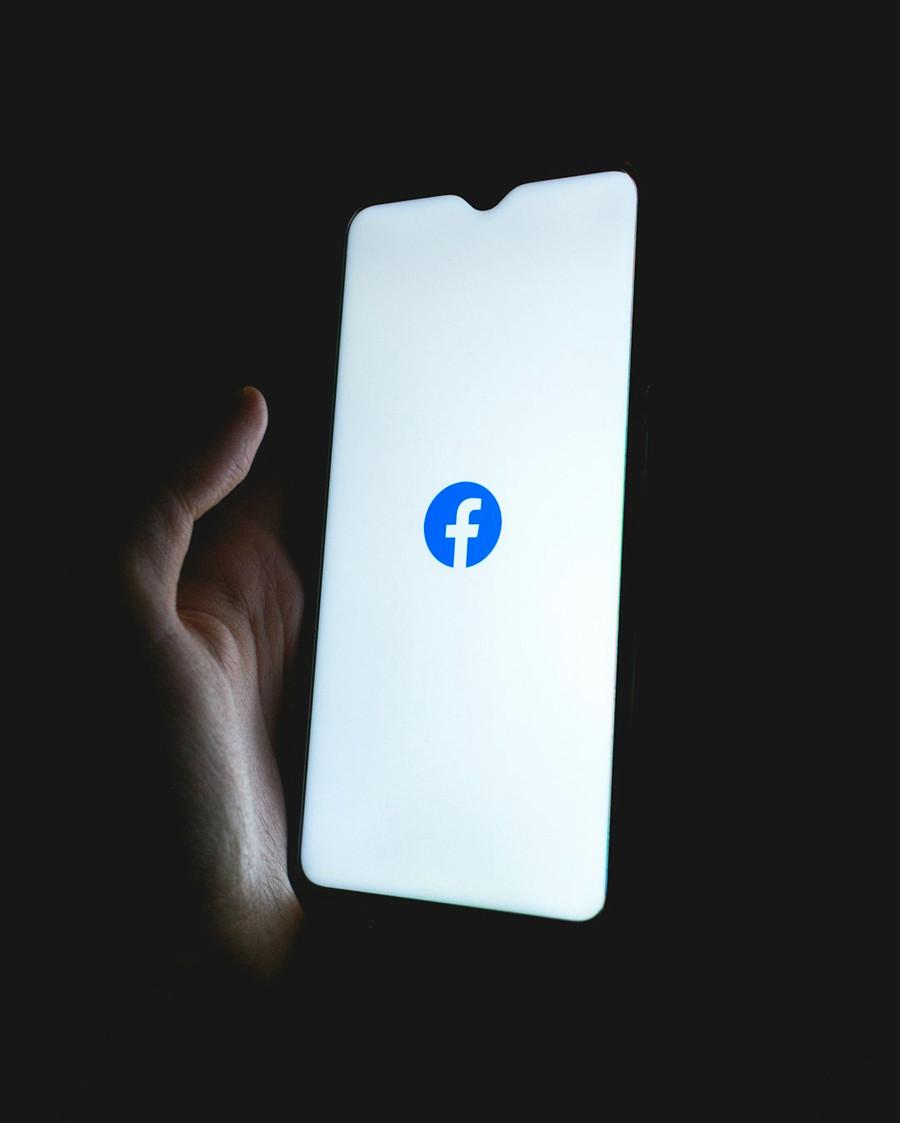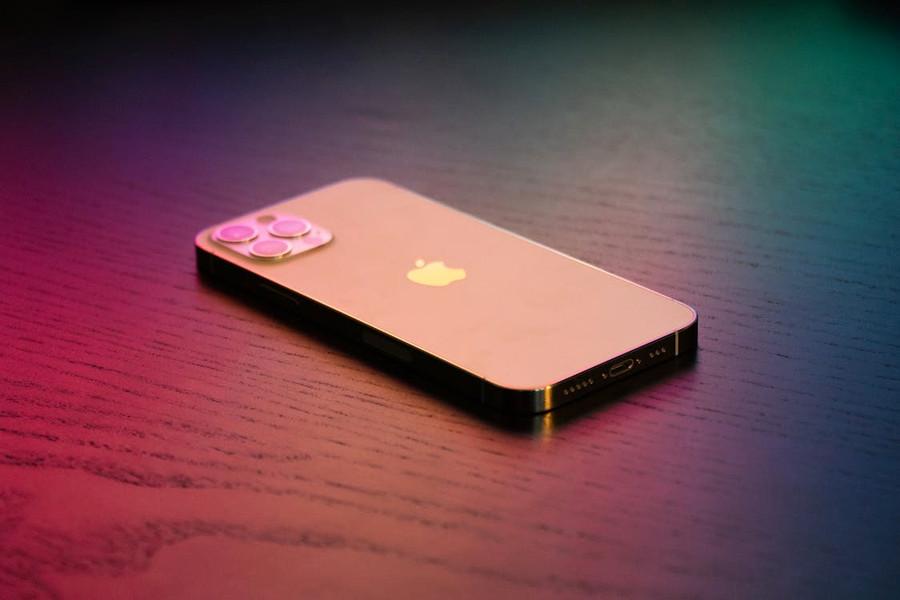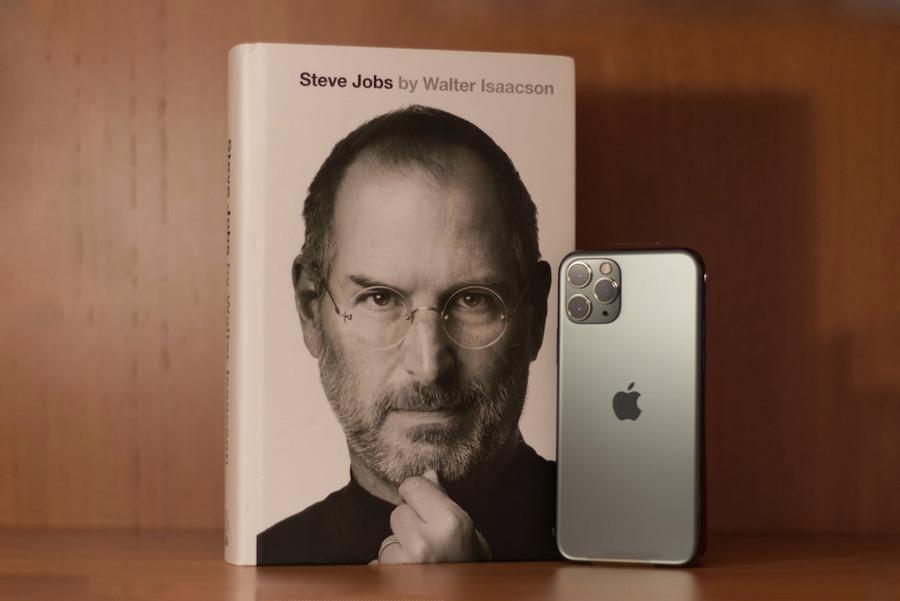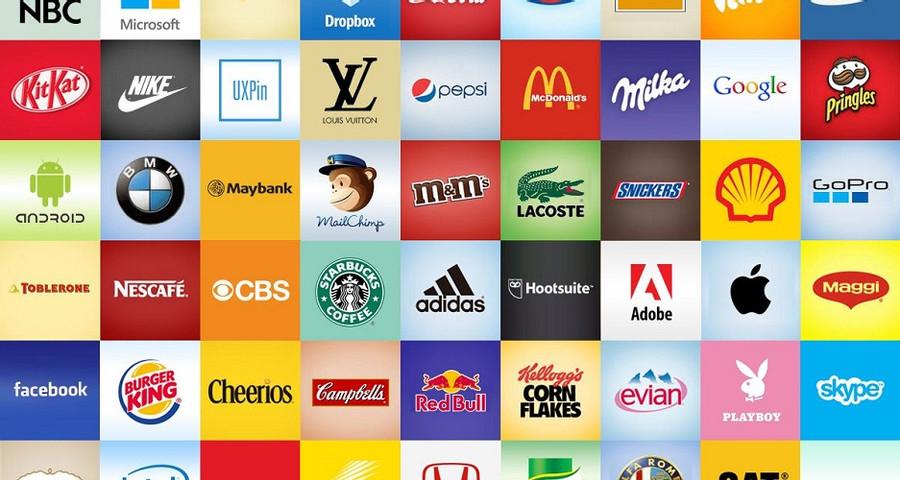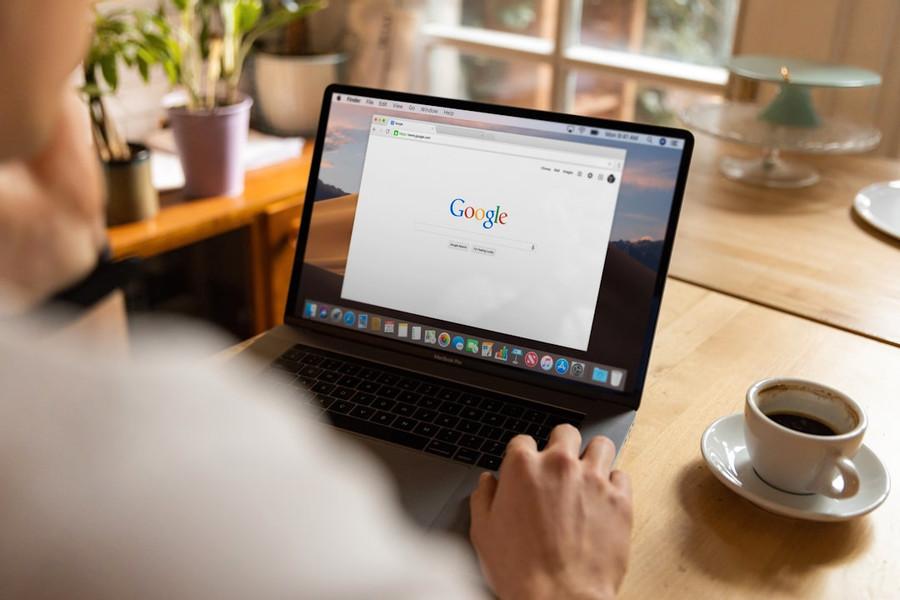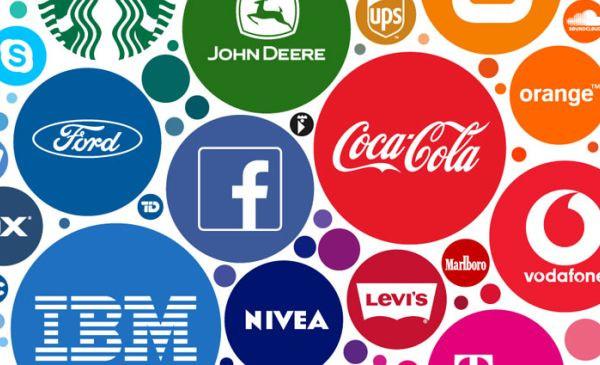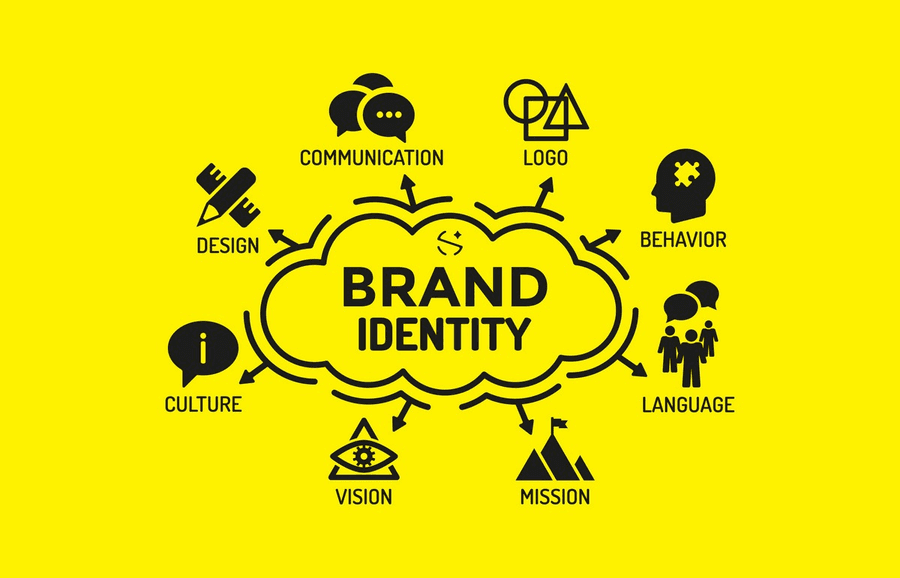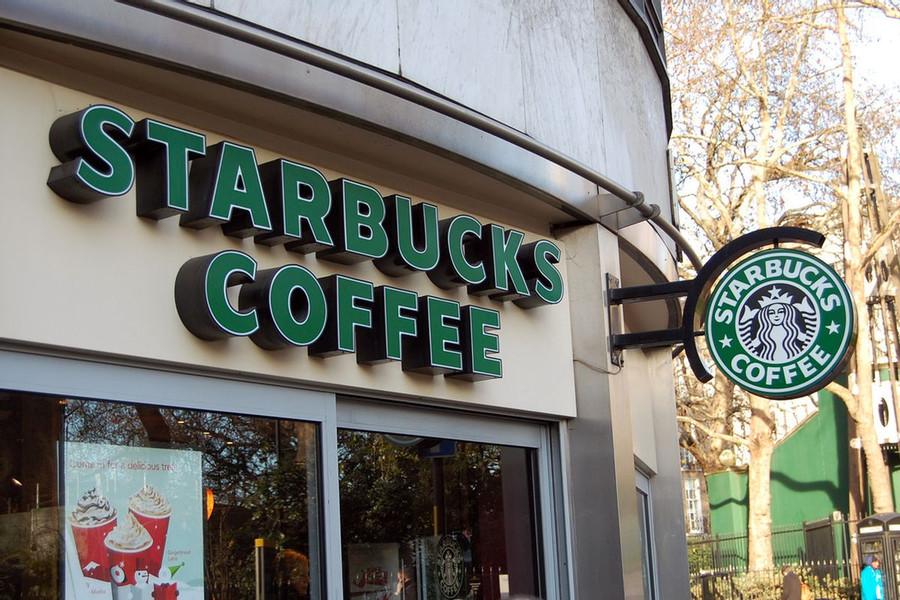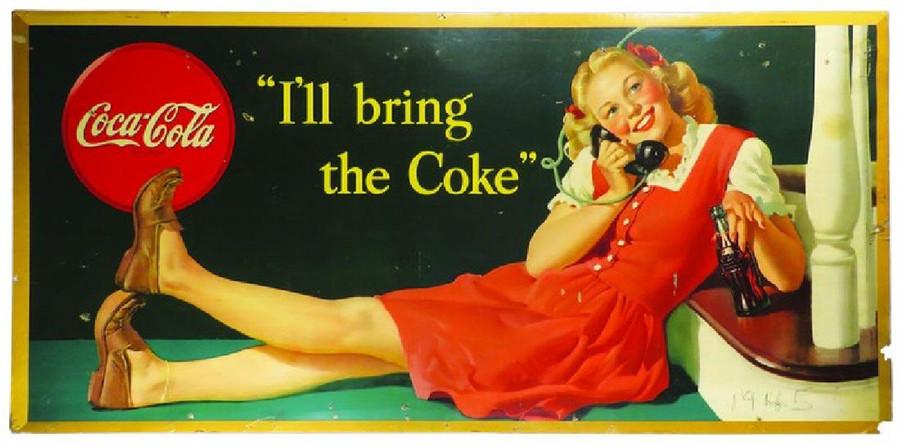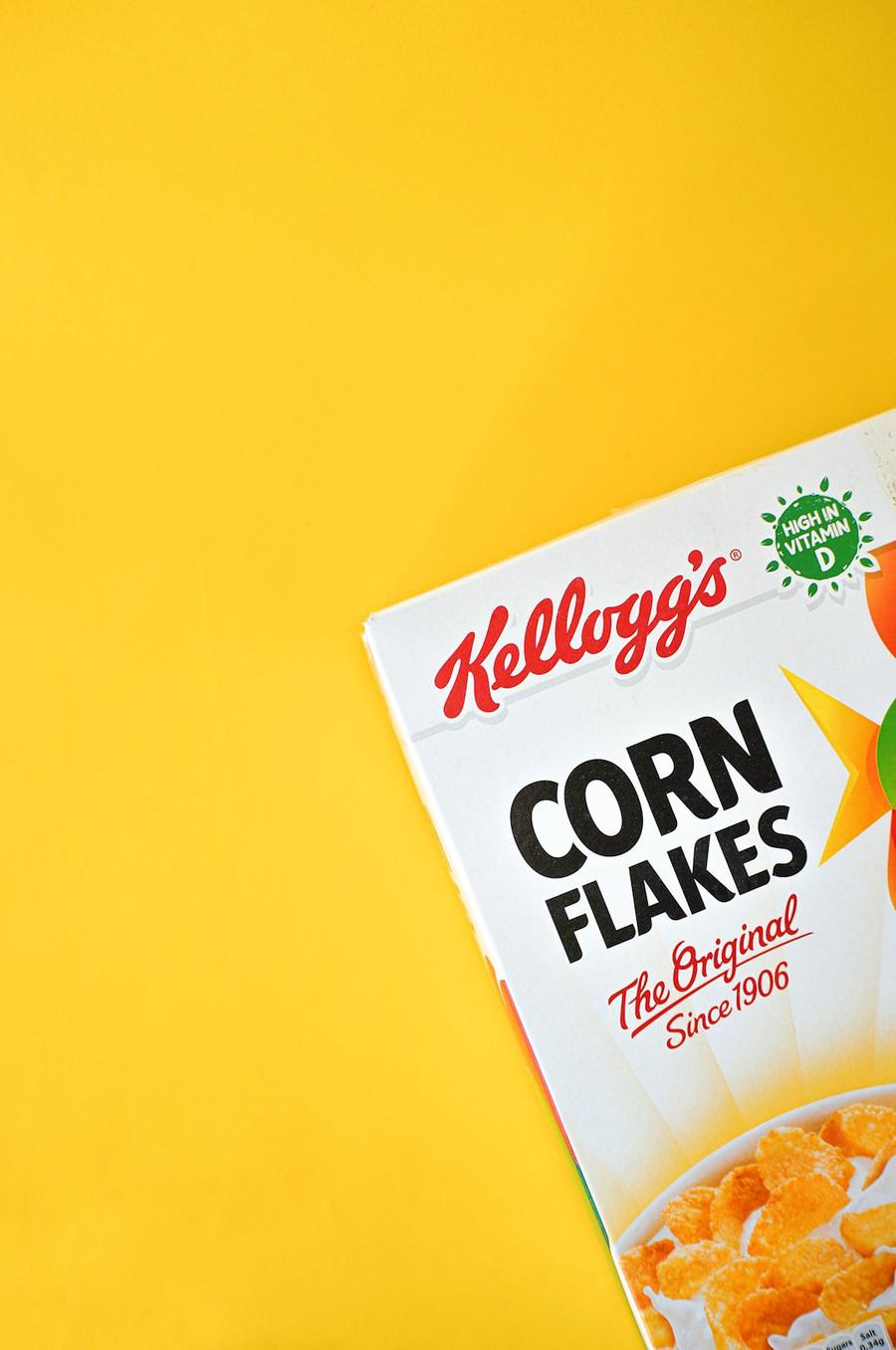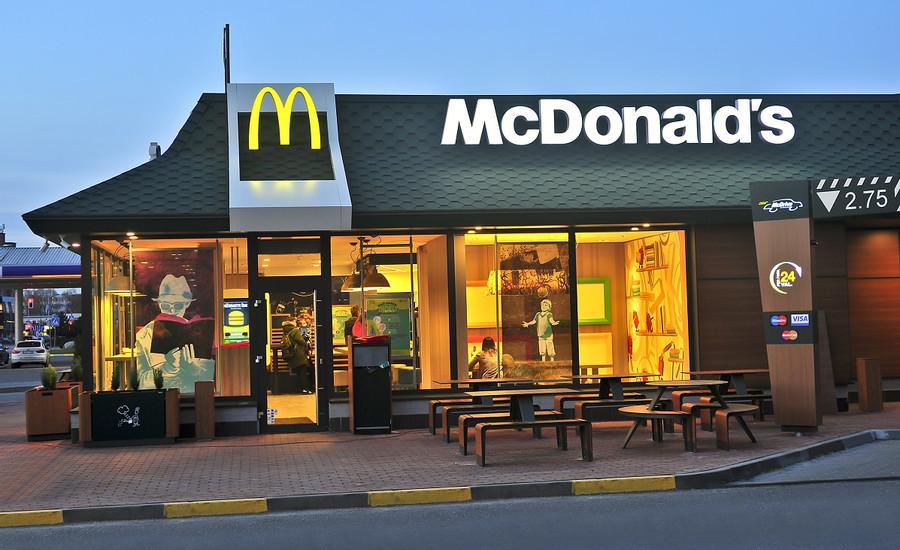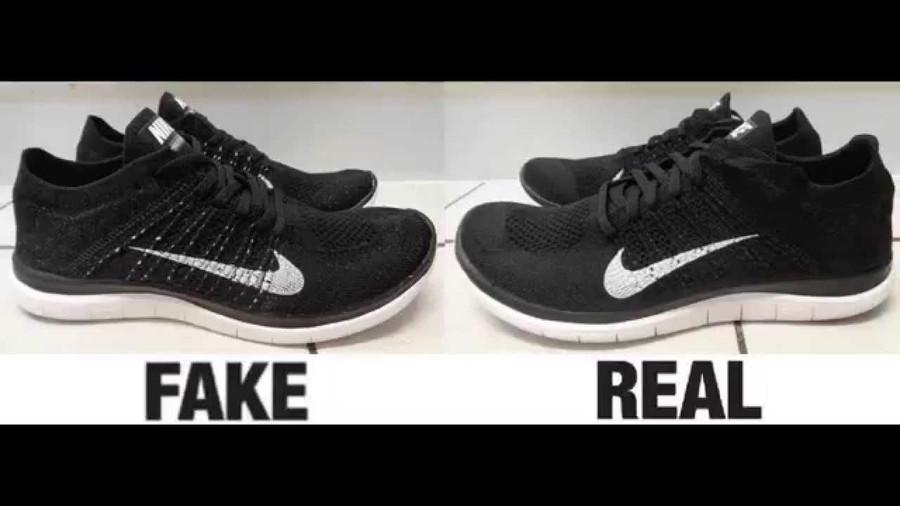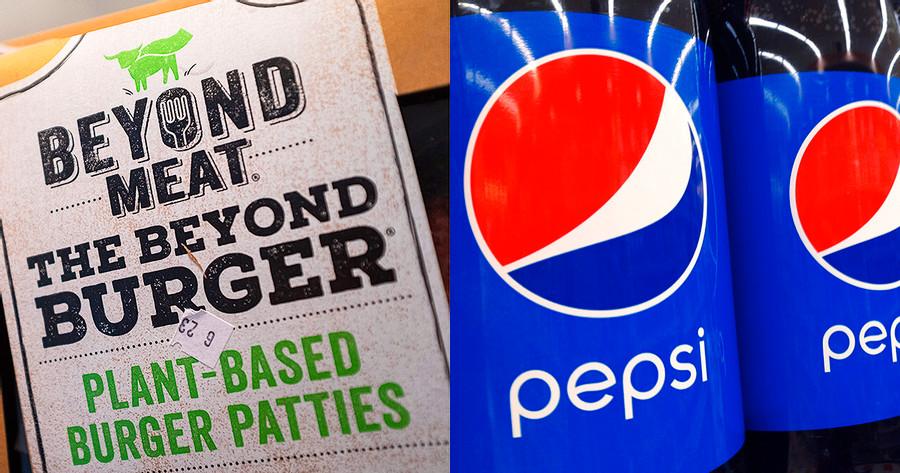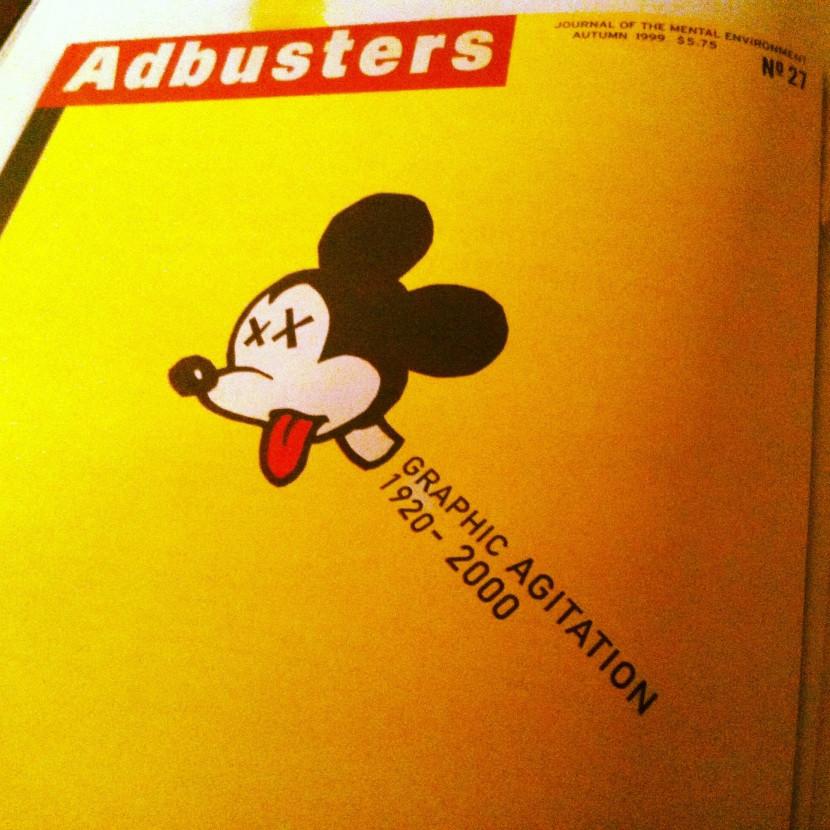Linda Thompson's Key Ideas from Brand.new
by Jane Pavitt
Ideas, facts & insights covering these topics:
18 ideas
·1.87K reads
14
Explore the World's Best Ideas
Join today and uncover 100+ curated journeys from 50+ topics. Unlock access to our mobile app with extensive features.
Brandscape! - Key Takeaways
- Brand names influence all aspects of culture, society and daily life.
- Branding has local and global power.
- Personalities, products and services are branded.
- Personal and social identities are shaped by consumerism.
- In branding, the values of the brand are attached to the product.
- A brand encompasses all of the associations the name has for consumers.
- Brand value is established over time.
- Brand value depends upon successful nurturing of the relationship between the brand’s producer and consumer via investment, advertising and marketing.
- People now live in a brandscape, surrounded by images of brands.
39
309 reads
Branding
Brand names consume your visual world and affect your daily life with an undeniable power to influence tastes, preferences, ideas and behaviour. Provocative debates continue regarding the global power of the proliferation of branding, including the branding of personalities.
How are brand identities constructed? How are goods designed to reflect or reinforce their brand message? How do different cultures and communities respond to so-called global brands such as McDonald’s and Coca-Cola?
35
182 reads
Influence Through Image Control
Critics, historians, sociologists, designers and businesspeople weigh in with studies, observations, reports and commentary that show the pervasive influence branding - and consumer reaction to it - has on your personal, social, cultural and political landscape.
Corporations are now more than ever involved in the manipulation and control of image, over and above the production of ’real’ things.
35
159 reads
In Goods We Trust
Branding is the process of attaching a name and a reputation to something or someone, like a person.
The most recognizable feature of a brand is a name, logo, symbol or trademark that denotes a product’s origin. A person, corporation or institution will own the rights to a brand name that is used as a way of distinguishing one product or service from all others. In branding, the values of the brand are attached to the product, both physically and by suggestion.
34
130 reads
The Nature Of Image Creation
But a brand is far more than a name or product.
The brand also encompasses all of the associations that the name has for consumers. The brand image or brand value results from the so-called dialogue that takes place between producer or brand owner and the consumer or user.
A brand’s strength rests upon a close correlation between the image the brand creates and the consumer’s reception of that message.
For example, a brand that promotes itself as being inexpensive might be interpreted as being of poor quality instead, if the message is mismanaged.
35
121 reads
All In The Family
A brand can be the name of a company or product owner and of a particular product or product range. A family of branded products, owned by the same company, may share certain features of their brand image, while each product still has a distinct market character. Yet, despite that individual character, each brand depends upon the image of the parent brand.
35
110 reads
Becoming The Market Standard By Ubiquity
- Brands are like chess pieces - the moves we make with them are an indication of our relationship with others.
- The single most important role for brands within an organization is their ability to spawn loyalty; this is akin to a long-term relationship between brand and consumer.
- The most recognizable brands tend to maintain their position by establishing loyalty and ubiquity, by becoming the market standard.
35
84 reads
The Value Of The Brand
Brand value is established over time and is the product of a company’s successful nurturing of its relationship with the brand’s consumers. Branding requires investment, marketing and corporate tending. The most recognizable brands maintain their positions by establishing loyalty and by becoming the market standard.
35
88 reads
The Fragility
Brands and their histories are often intertwined and mythologized to create a brand image.
- For example, Coca-Cola and Levi’s both exemplify the ideal of American individualism.
- Levi’s has successfully used the image of the American cowboy or rock’n’roll hero in generations of advertising and marketing.
However successful a brand image might be, significant social and even political shifts can result in a loss of popularity. For brands that trade on heritage or national identity, for example, attempts to reposition them can be dangerous.
35
78 reads
The Power Of Identity
Among all the promises that brands make to consumers, the ’signature’ of the designer is seen as a particular mark of distinction.
A number of familiar companies have promoted themselves as "the brands that built America." The mid-20th century growth of national networks for distributing U.S. goods and the increasing regulation of products combined to create the climate in which brands could flourish. In an increasingly mobile society, the familiarity of branded goods quickly became an important selling point.
35
71 reads
We Live In Brandscapes
Brands are now so much a part of the environment that they can go almost unnoticed. Because of their proliferation, you rarely question their nature and function. They are simply present, a part of life. This is a powerful testament to the power and prevalence of branding. If you want more evidence of branding’s power, consider the fact that every kind of individual and group imaginable adopted the methods and language of brands to describe themselves and their activities.
35
64 reads
People Are Brands
Celebrities from sports stars to opera singers are routinely packaged and managed as brands. Political parties and even politicians talk of being "re-branded." People even give brands to other people and to things in their daily personal lives. Consider a woman who chooses to date a man because she sees him as a real "Armani man," or a "Marlboro Man," or the man who would rather evoke the image of Armani or Marlboro than not.
35
64 reads
Forgetting Coke!
So strong is brand psychology that if Coca-Cola were to lose all of its production-related assets in a disaster, the company would survive. But, if all consumers were to have a sudden lapse of memory and forget everything related to Coca-Cola, the company would go out of business, or would become just one more faceless competitor in a crowded field.
35
71 reads
The Basic Utility Of Brands
The primary reason why brands exist is economic. Brand names and other trademarks are still used to identify a supplier’s products or services, distinguishing them from those of its competitors. This, at the very least, makes life simpler and less risky for the consumer.
35
70 reads
A Homely Image
Brand images can take many forms. McDonald’s main brand image is simply its restaurants and their food. A successful advertising campaign can add images to the brand’s image by featuring them in commercials and ads. The values of those images are then equated in the consumer’s mind with McDonald’s. In this way, global products cultivate specific local images designed to appeal to various demographic groups and cultures.
35
68 reads
Counterfeits
Counterfeits are inferior products that illegally use another company’s well-established logo, packaging and reputation to try to fool consumers into believing their product is the real brand. Many people knowingly buy counterfeits, also called fakes or knock-offs.
Supply and demand keep this market alive, but why do people buy counterfeits? Sometimes they believe the product is the real thing. But even when they know it’s a fake, people love to think that they’re getting a bargain - the status of having a brand name at a fraction of the price.
35
74 reads
The Choice Is Yours
Brands have an impact on people, but people can also have an impact on brands. When people chose not to buy a product, enter a store or read an ad, they are still responding to the marketing efforts of organizations, in this case, by rejecting them.
People really have more than two choices - to consume or not to consume. People who want to try to "reverse the classic causality of consumption" can engage in consumer proactivity, which questions the traditional assumptions about consumption.
35
65 reads
Busting The Ads: Consumer Proactivity
Consumer passivity is transforming into greater degrees of consumer proactivity, creating a new dynamic that companies are trying to figure out how to handle. In this way, consumers exert a power that has been dormant except in isolated instances of boycotting, which is only one tool in the arsenal of consumer proactivity.
The power of this new message comes from the power of the brand and the ad’s transformation. While the ad was designed to have an impact on people, now a person has had an impact on the ad.
35
69 reads
IDEAS CURATED BY
CURATOR'S NOTE
The influence of brands is all around us. This is an in-depth look at Brands and what they do.
“
Linda Thompson's ideas are part of this journey:
Learn more about marketingandsales with this collection
How to overcome unwanted thoughts
How to manage intrusive thoughts
How to change your attitude towards intrusive thoughts
Related collections
Discover Key Ideas from Books on Similar Topics
20 ideas
How Brands Become Icons
D. B. Holt
22 ideas
The 22 Immutable Laws of Branding
Al Ries, Laura Ries
5 ideas
Obsessed
Emily Heyward
Read & Learn
20x Faster
without
deepstash
with
deepstash
with
deepstash
Personalized microlearning
—
100+ Learning Journeys
—
Access to 200,000+ ideas
—
Access to the mobile app
—
Unlimited idea saving
—
—
Unlimited history
—
—
Unlimited listening to ideas
—
—
Downloading & offline access
—
—
Supercharge your mind with one idea per day
Enter your email and spend 1 minute every day to learn something new.
I agree to receive email updates
